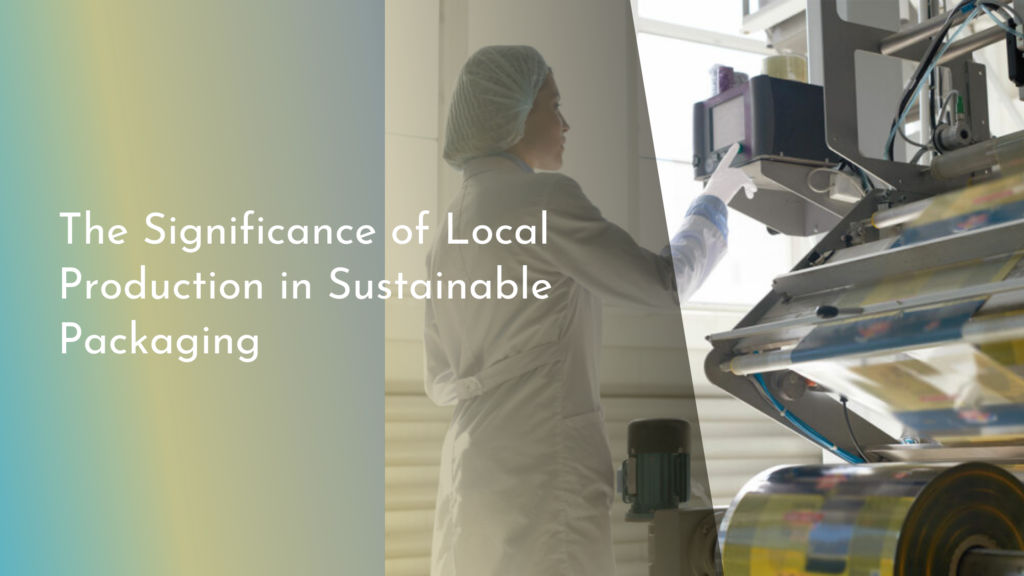Rainwater Collection for Urban Cooling Strategies in Heat Islands
Urban heat islands (UHIs) are a pressing challenge in modern city planning, with concrete, asphalt, and limited greenery leading to elevated temperatures. As cities expand, the intensity of heat islands can exacerbate existing environmental issues, contributing to energy overconsumption and health risks. However, an innovative approach to mitigating these effects lies in harnessing rainwater. By capturing and utilizing rainwater, cities can foster cooler environments while simultaneously promoting sustainability and enhancing urban greenery.
Rainwater collection not only addresses the immediate cooling needs of urban areas but also serves as a proactive strategy for climate resilience. By integrating rainwater harvesting into urban infrastructure, cities can transform their landscapes into vibrant, cooler oases that benefit both inhabitants and the environment. This article explores how rainwater collection can be a pivotal element in urban cooling strategies, ultimately contributing to more sustainable and livable cities.
Harnessing Rainwater: A Cool Solution for Urban Heat
Rainwater harvesting is a technique that captures and stores rainwater from rooftops, pavements, and other surfaces. This practice is gaining traction in urban areas as it provides a dual benefit: mitigating the impacts of urban heat islands and conserving precious water resources. By redirecting rainwater into cisterns or underground storage tanks, cities can reduce runoff and promote infiltration, which helps cool the surrounding atmosphere. The stored rainwater can then be used for irrigation, cooling systems, or even for enhancing local water supplies.
Moreover, the introduction of green infrastructure—such as rain gardens, permeable pavements, and green roofs—can facilitate rainwater capture while simultaneously improving the urban landscape. These features not only provide aesthetic benefits but also create essential habitats for urban wildlife. As rainwater is absorbed and evaporates from these green spaces, the cooling effect contributes to lower local temperatures, making neighborhoods more comfortable during heat waves. The synergy between rainwater collection and green infrastructure presents a powerful solution to combat urban heat.
How Rainwater Can Transform Our Cities into Green Oases
Cities are often characterized by a lack of greenery due to extensive development, which exacerbates heat accumulation. By incorporating rainwater collection methods, urban planners can create lush green spaces that significantly reduce ambient temperatures. Trees, shrubs, and other vegetation flourish with the added moisture from harvested rainwater, promoting biodiversity and improving air quality. These green oases not only provide spaces for recreation and relaxation but also help mitigate the effects of extreme weather.
Additionally, transforming urban landscapes to include more greenery can have profound social benefits. Parks and gardens, nourished by rainwater, encourage community engagement and foster a sense of belonging among residents. As people gather in these cooler, greener areas, they contribute to a vibrant urban culture while also benefiting from the physical and mental health advantages of spending time outdoors. The integration of rainwater harvesting and green spaces is an essential step towards creating cities that prioritize the well-being of their inhabitants.
Innovative Cooling Strategies: The Power of Collected Rain
Innovative cooling strategies utilizing collected rainwater have begun to reshape urban environments. One such method involves the use of evaporation cooling systems, where rainwater is sprayed into the air during hot days, creating a fine mist that cools the surrounding area as it evaporates. This technique, often used in public spaces like plazas or parks, can significantly drop temperatures, making outdoor areas more enjoyable for residents and visitors.
Moreover, rainwater can be integrated into existing building designs through features like green roofs and living walls. These installations not only capture rainwater for irrigation but also provide significant thermal insulation, reducing the need for air conditioning. As buildings become more energy-efficient and resilient, cities can mitigate the heat island effect while also promoting sustainability. The intersection of innovative designs and rainwater utilization represents a forward-thinking approach to urban development that champions both environmental stewardship and community resilience.
Building a Cooler Future: Rainwater and Urban Sustainability
As cities continue to face the challenges posed by urban heat islands, the adoption of rainwater collection systems presents an opportunity to foster a cooler, more sustainable future. By investing in rainwater harvesting infrastructure, city planners can create a cycle of resource conservation and temperature regulation that benefits both the environment and urban residents. This initiative aligns with broader sustainability goals, such as reducing greenhouse gas emissions, conserving water, and enhancing urban resilience against climate change.
Ultimately, building a cooler future through rainwater collection requires collaboration among architects, urban planners, and community members. Together, they can devise innovative solutions that harness the power of nature to combat urban heat. As cities embrace these strategies, they pave the way for healthier, greener living environments that not only enhance comfort but also contribute to the overall well-being of urban populations.
In conclusion, the potential of rainwater collection as a cooling strategy in urban heat islands is both promising and exciting. By transforming our cities into green oases and leveraging innovative solutions, we can create urban environments that prioritize sustainability, resilience, and community well-being. Harnessing rainwater is not just a necessity; it is an opportunity to reimagine our urban landscapes and build a cooler, healthier future for generations to come. Let’s embrace this cheerful challenge and turn our cities into thriving havens of greenery and comfort!


